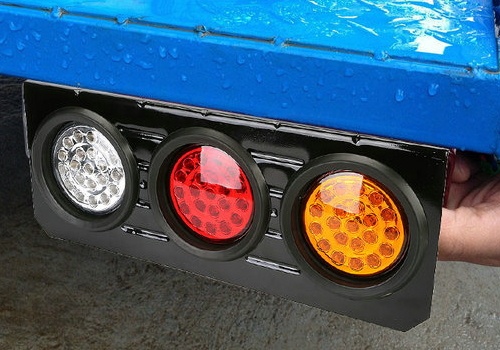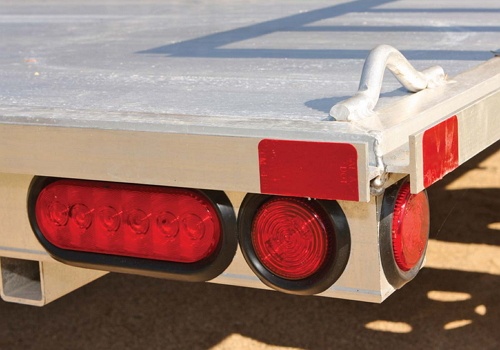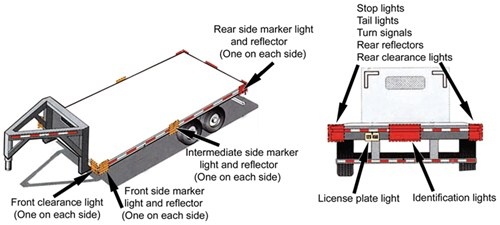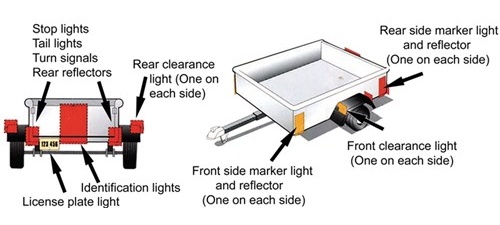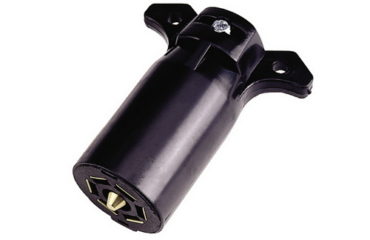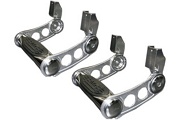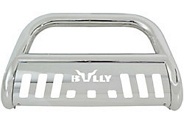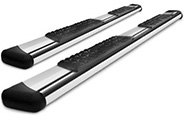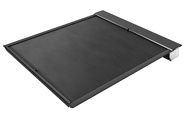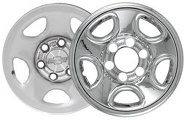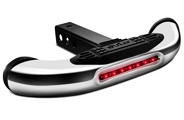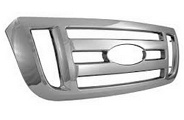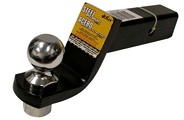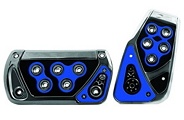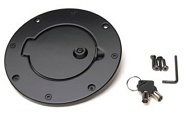Making sure that your trailer has functional lights before getting on the road is a legal requirement. The United States Department of Transportation’s (DOT) National Highway Traffic Safety Administration has a list of basic lighting equipment (compiled based on SAE requirements) that each and every trailer should feature. So the only possible answer to the question “When are lights required to be installed on a trailer?” is “Always,” because all kinds of trailers, from boat trailers to gooseneck trailers must be equipped with properly working, permanently mounted lights. All in all, making sure that others can see your trailer is a matter of common sense rather than legislation mandates.
Products are available — click below to view them!
SEE DETAILS ON EBAYAll trailers that head out on the open road in the U.S. must have the following pairs of rear lights: tail lights and reflex reflectors that serve as indicators of trailer’s presence and width; brake lights to inform about stopping or slowing down, and turn signals to indicate in which direction you are going to turn. All of these lights should be red, except for rear turn signals that can be either red or yellow. A trailer must also be equipped with minimum one license plate lamp (white), mounted above the license plate or at its sides. All rear lights except for the last-mentioned one are required to be installed symmetrically and as far apart as possible.
Trailer light requirements for wide and long trailers mandate additional lights to be installed. If you have a 30-ft. long trailer (or longer), you need to have at least a pair of yellow intermediate side marker lamps to indicate its length. Trailers that measure 80 inches in width or more should have additional red lights at the rear: three identification (ID) lights centered on top and two clearance lights located at the widest point as high as possible. In front of a trailer, a pair of yellow clearance lights must be installed, also at the widest point at the top. A set of additional lighting is required for wide trailers with 10,000 lb of gross vehicle weight rating.

